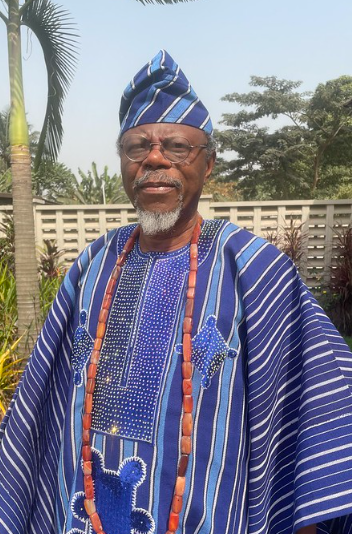By Oluwatoyin Vincent Adepoju
The polymathic scholar Toyin Falola is announced by various Nigerian news media as creating and promoting a new field of study he names African Ancestral Studies, an integration of the scope of endogenous African knowledge and its significance within and beyond Africa, thereby carving out a field which is a part of African Studies but which focuses on endogenous African knowledge systems as both ancient and contemporarily relevant cognitive and social forms, reverberating globally in significance.
Toyin Falola to inaugurate new field called African Ancestral Studies (AAS)
Falola could be seen as thereby bringing to a focus his targeted interventions in the study of endogenous African knowledge systems represented particularly by his essay ‘Ritual Archives”, his sole written books, Decolonizing African Knowledge and Decolonizing African Studies, complemented by his sole written book African Spirituality, Politics, and Knowledge Systems: Sacred Words and Holy Realms, his edited book Esu: African God, Power and Imaginative Frontiers and a good no of other texts on the scope of African knowledge systems, spanning his decades long career but a field he has targeted in a more focused manner in the last five years it seems, using book writing, book series editorship and publishing strategies decisively contributing to locating the field of African knowledge systems on the global academic map of knowledge.
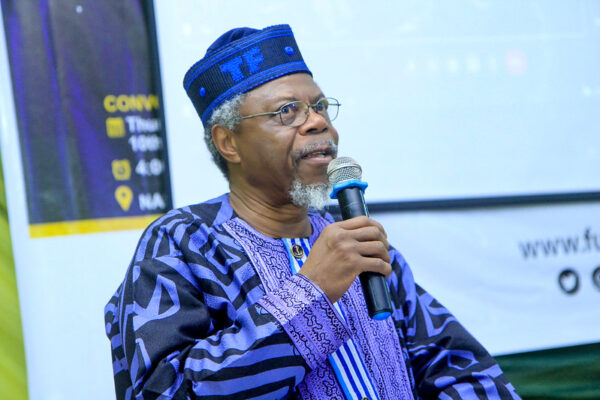
Rich and expansive as the news media descriptions of Falola’s conception of African Ancestral Studies are, however, I did not see any description of the significance of endogenous African scientific systems. This suggests a perpetuation of a gap in Falola’s oeuvre, the wide ranging scholar, in spite of his scope of engagement with almost every field in African Studies, preferring to remain within the humanities and the social sciences, perhaps because they represent tools and orientations of which he has firm command and can even innovate upon and expand, leaving science in the African context alone.
Falola’s synoptic efforts in shaping African Studies are of such pioneering significance, being the first scholar operating at such a range of subjects, collaborations and institutional initiatives in the field, across universities, publishing houses and his own collaborative network, its vital to constantly examine, emphasize, critique and complement his efforts as they perhaps shape African Studies far into the future.
It’s vital that the new field Falola proposes include a robust engagement with the scientific significance of endogenous African knowledge systems, an understanding that may be arrived at without a depth of grounding in the sciences but which may also be expanded into a critical engagement with the practice of science, as different from the study of its history and cultural and philosophical significance, thereby moving from the history and philosophy of science to its practice.
The scientific significance of endogenous African knowledge systems includes the scientific character of some of these systems as well as their potential or demonstrated use in contemporary science. Examples include:
Mathematics
Fractals
Various books have been written on classical African mathematical systems. Ron Eglash’s African Fractals, complemented by his rich website, comes readily to mind.
Eglash demonstrates the critical interrelationship between African mathematical systems and other African cultural forms.
Ifa and Yoruba Mathematics
The Yoruba origin Ifa knowledge and divination system uses mathematics in relation to literature, as its organizational structure. Ifa mathematics relates to the subject of probability in science, probability in other explanations of reality and to binary structure in the organization of knowledge, akin to the role of binary structure in the history of science and computing, subsuming these in terms of a cosmological system.
Olu Longe’s “Ifa Divination and Computer Science” is pioneering in the field, followed by other efforts. Moyo Okediji is currently engaged in a more speculative effort in integrating the scientific and the artistic possibilities of Ifa mathematical structure in expanding the system.
The most authoritative figure known to me in Yoruba mathematics is Aimee Dafon Segla, who has published in English on various aspects of the field, including its relationship to astronomy, and whose book on Yoruba mathematics is in French but which I don’t know if it has been translated.
There are a good no of other authors in the field of Yoruba and Ifa mathematics unknown to me. A realistic approach to this and other aspects of significance of African scientific systems is vital, however, so speculation is not treated as fact, such as claims that Ifa’s binary system influenced modern computation or that Ifa is identical with science in its methods of exploring reality, being primarily a system of spiritual knowledge using a mathematical structure in organizing its information but seeking to go beyond the intellectual orientation of science into the spiritual realm where intellect cannot adequately follow.
Adinkra
One of the richest African mathematical systems is Adinkra from the Gyaman and Akan of Ghana, Adinkra demonstrating various features of mathematical systems, which have been the subject of various studies by Eglash and others, and have been referenced by mathematical physicists Sylvester James Gates and Michael Faux in their inaugural paper demonstrating their new mathematical technology, first called Adinkrammatics and later Adinkras, in “A Graphical Technology for Supersymmetric Representation Theory” stating “There are important examples in which theoretical physics incorporates elegant motifs to represent mathematical conceptions that are vastly simplified thereby.
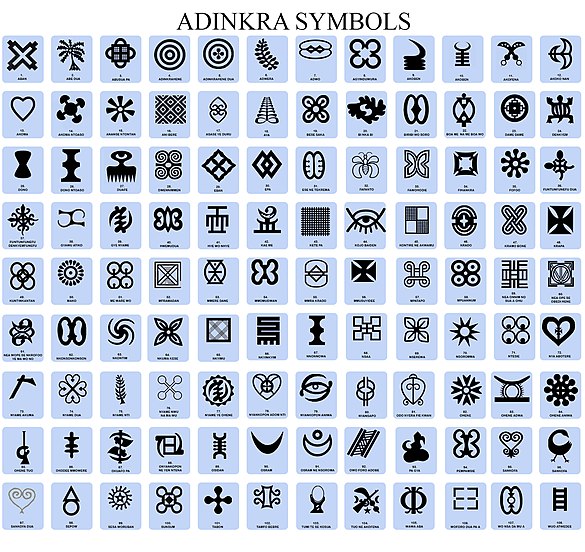
In this article, I introduce a graphical paradigm which shows some promise in providing a new symbolic technology for usefully re-conceptualizing problems in supersymmetric representation theory. The use of symbols to connote ideas which defy simple verbalization is perhaps one of the oldest of human traditions. The Asante people of West Africa have long been accustomed to using simple yet elegant motifs known as Adinkra symbols, to serve just this purpose. With a nod to this tradition, we christen our graphical symbols as ‘Adinkras.’ “
Some of the early Adinkras of Faux and Gates bear exact or close similarity to Akan and Gyaman Adinkra, as demonstrated by my “Classical and Supersymmetric Adinkras: Visual Correlations”, http://www.scribd.com/doc/48504094/Classical-and-Super-Symmetric-Adinkra-Visual-Correlations. Even though Faux and Gates state, in my correspondence with them, that they did not draw from Gyaman and Akan Adinkra in developing their system, the similarities between their own symbols and the older symbols suggest a sufficiently informed person could build on the older system to arrive at mathematical systems of contemporary scientific significance.
Classical African Psychiatric Methods
Adeoye Lambo, later deputy Sec Gen WHO, describes himself as adapting classical African psychiatric techniques at Aro Psychiatric Hospital, specifically the integration of family and medical staff and environment presence in the treatment of patients. Lambo has published on this subject.

The Luba Lukasa Mapping System
The Lukasa mapping device created by the Luba of the Congo is a sophisticated mapping system correlating space and time, history, spirituality and government.
It is extensively discussed, among other writers, by Mary Nooter and Allen Roberts and has been adapted for use outside the Luba context.
More examples of African endogenous scientific systems can be found in the works of Abdul Kareem Bangura, Gloria Emeagwali and other scholars of endogenous African scientific systems. Highlighting classical African sciences, in the strict form of science, is crucial for various reasons, including the cultural capital they represent and the inspirational value they demonstrate.
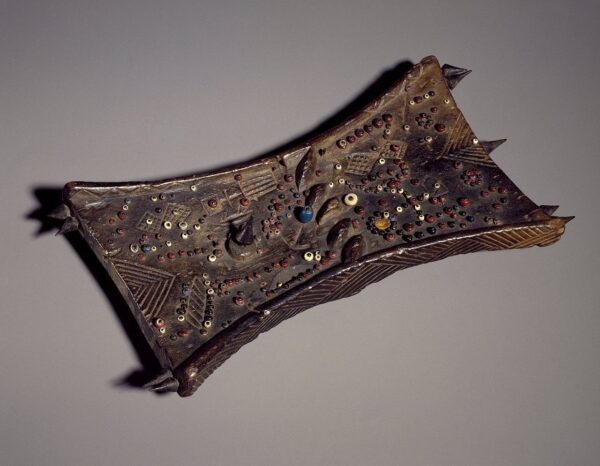
A statue of the Hindu deity Shiva is visible in the grounds of CERN, the international European Organization for Nuclear Research, donated by India and accepted at CERN in recognition of “this form of the dancing Lord Shiva…known as the Nataraj and symbolises Shakti, or life force. As a plaque alongside the statue explains, the belief is that Lord Shiva danced the Universe into existence, motivates it, and will eventually extinguish it. Carl Sagan drew the metaphor between the cosmic dance of the Nataraj and the modern study of the ‘cosmic dance’ of subatomic particles”.
Fritjof Capra’s 2014 The Tao of Physics. however, was the work that made the Shiva/modern cosmology association famous, developing a novel view of the universe which has increasingly penetrated mainstream thought as evident by the recent publication by the ultra academic publishing company, Cambridge University Press, of his 2014 The Systems Views of Life.
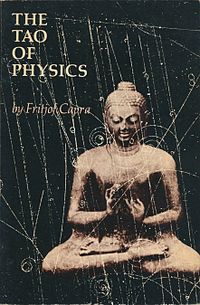
The summation of the logic of that book, the world view it proposes, is close in wording to Abiola Irele’s 1991description of the new defining orientations in science in his “The African Scholar” arguing for the metaphorical relationship of the Yoruba origin Orisha deity Eshu and the modern scientific world view, a conjunction between Irele’s 1991 summary of scientific cosmology and Capra’s innovations analyzed in “Abiola Irele and Negritude Aesthetics : Rhythm as a Metaphysical Principle: Transcultural and Scientific Implications.”
